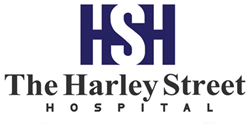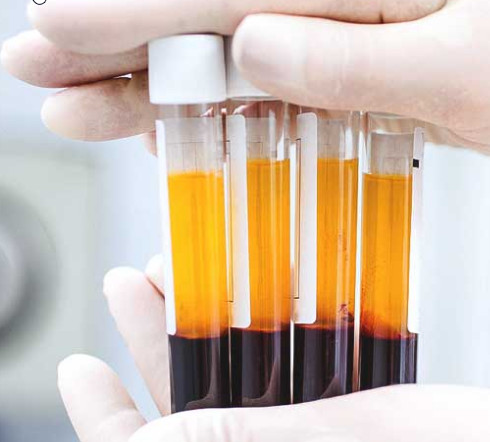The platelet-rich plasma (PRP) owes its therapeutic interest to the decisive instrumental role of platelets in the healing and repair process of the tissue wound. This repair role is not related to the platelets by themselves but, rather, with the growth factors released by their α-granules, possessing multiple regenerative properties. Tissue wound repair is a complex process in which a wide variety of cellular functions, such as chemotaxis, angiogenesis, cell proliferation, extracellular matrix formation and macrophage cleansing, coexist sequentially and surreptitiously. These functions form a complex framework in which three distinctly differentiated phases are distinguished: inflammation, proliferation, and remodeling. All the growth factors contained in the PRP are involved in any of the described phases, but the totality of their functions is still unknown. It is speculated on with a preponderant role of some of these, but it is conceivable that the individual protagonism of each one varies according to the type of tissue wound (rupture, inflammation, degeneration, etc.) and the type of tissue (tendon, muscle, bone, etc.).
The use of platelet-rich plasma has become an increasingly used technique in various areas of medicine. From its origins of use in sports medicine and dental implantology in the mid-1980s, it has progressively expanded its field of use in clinical specialties as diverse as otorhinolaryngology, plastic surgery, dermatology, general surgery, ophthalmology, gynecology and obstetrics, neurosurgery, among others.
The power of cellular tropism over certain tissues, attributed to growth factors, has led to the current talk of a new medical discipline: regenerative medicine. Not only has an increasingly growing boom experienced in different medical specialties but in parallel have increased exponentially the types of obtaining methodology as well as the forms of application even against the same disease.



















